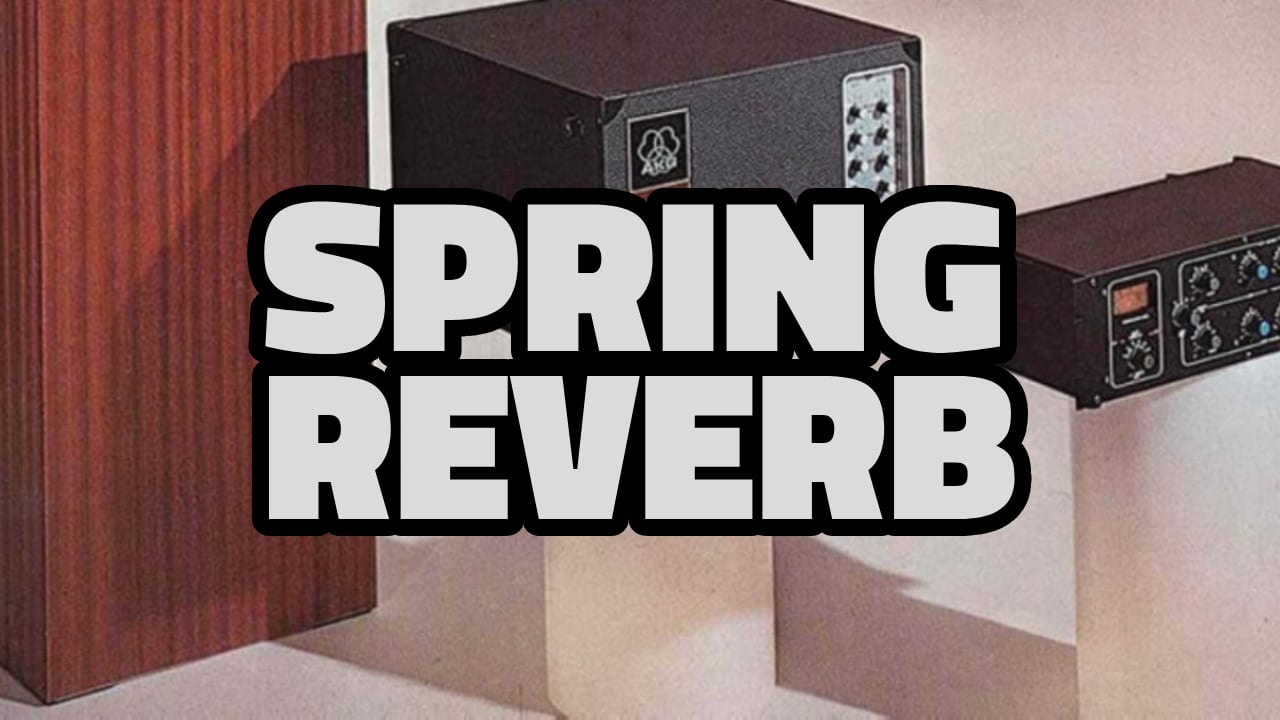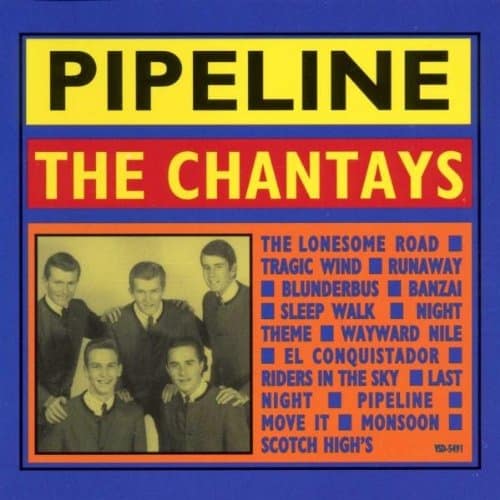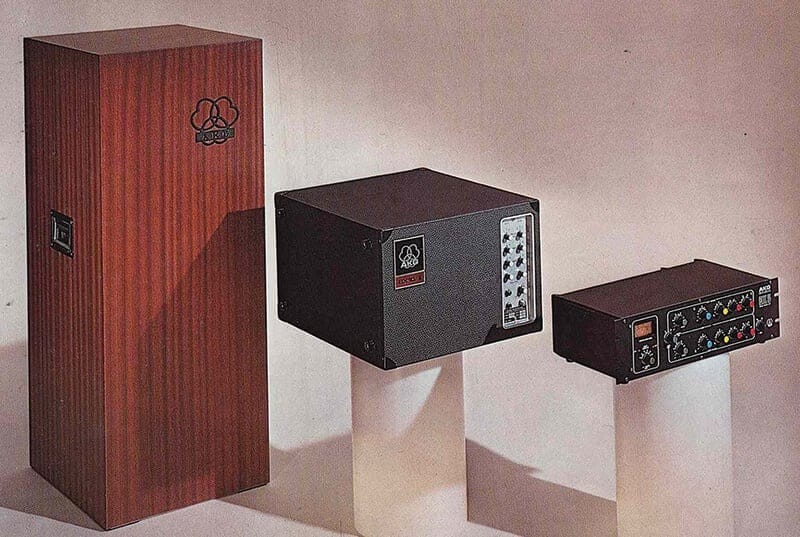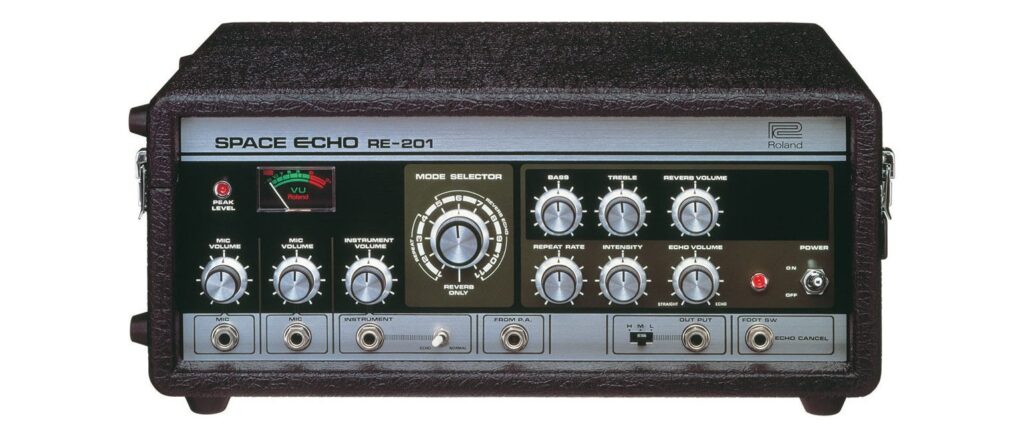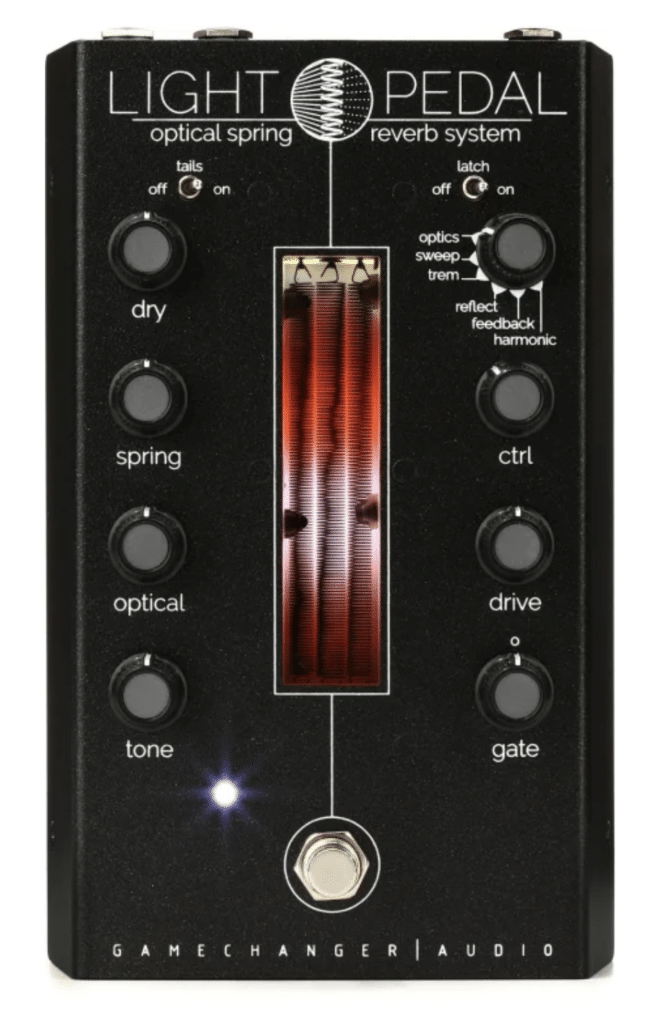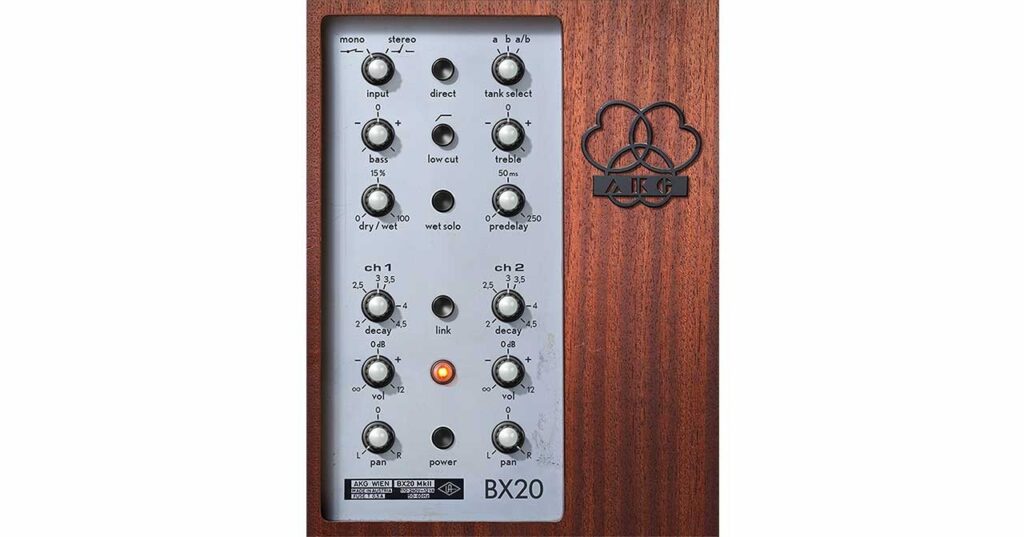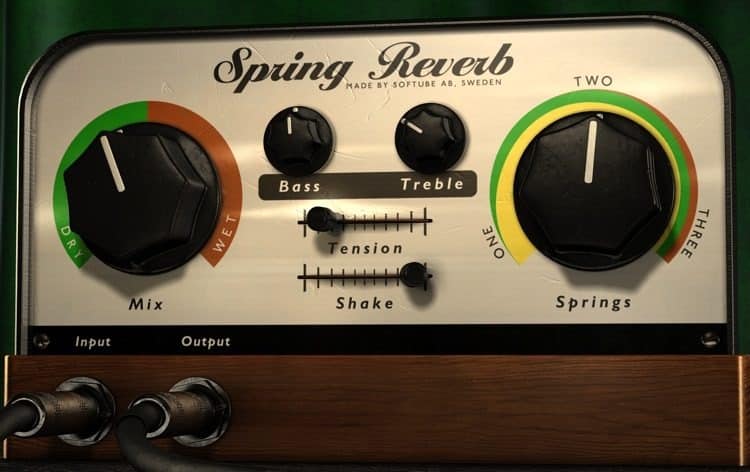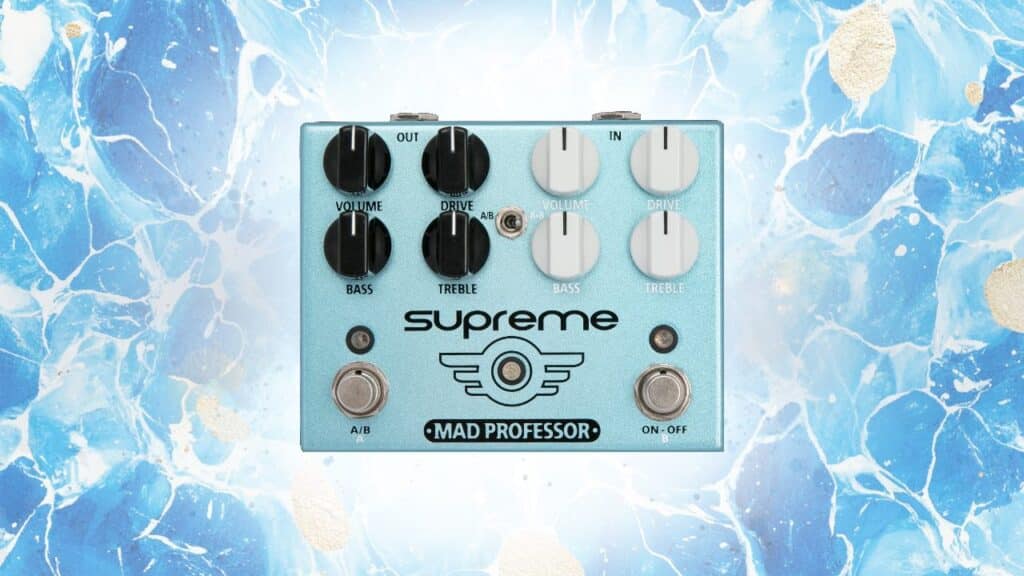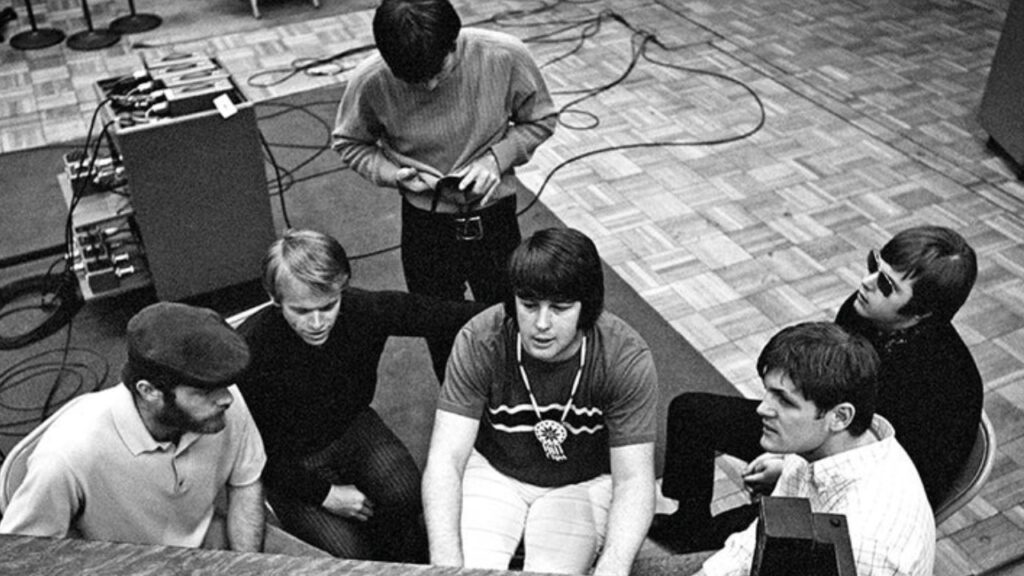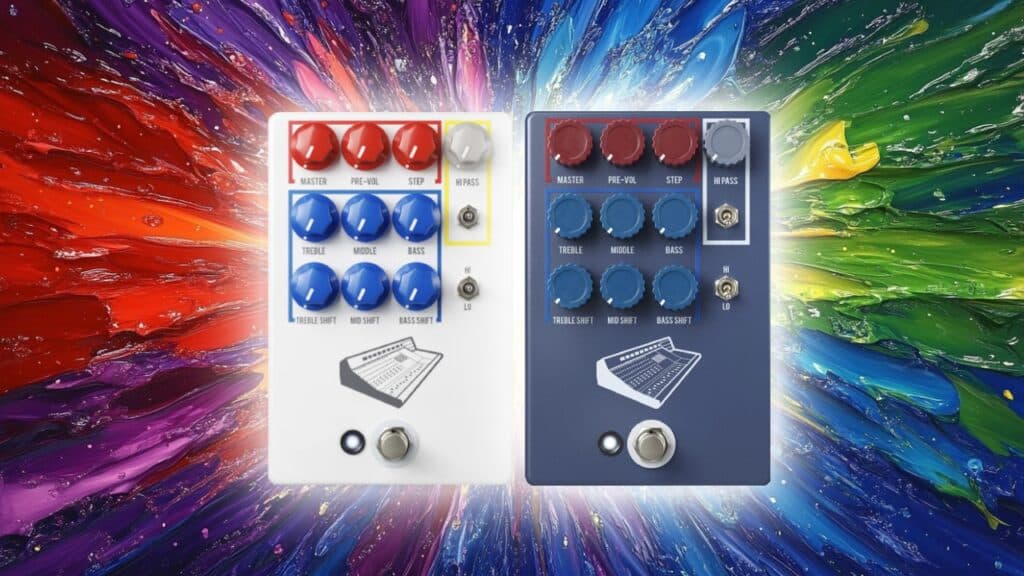In this article, I’m going to break down the fascinating history of the spring reverb effect, as well as introduce you to 5 Spring Reverb Plugins that can help you impart the lively, drippy, deliciously retro characteristics of the spring reverb effect onto your tracks.
The Origins of Spring Reverb: From Telephony to Musical Innovation
While Laurens Hammond is often credited with popularizing spring reverb in musical instruments, namely his iconic Hammond Organ, the original concept was developed at Bell Labs in the 1930s. Engineers at Bell Telephone Laboratories were exploring ways to replicate the delays and echoes that were naturally occurring in long-distance telephone lines. They experimented with transmitting sound through coiled springs to simulate these audio phenomena, effectively laying the groundwork for spring-based delay and reverberation effects.
Please enjoy all spring reverbs equally. An ominous view of the Bell Laboratories building in my home state of New Jersey, where spring reverb was born.
Hammond later adapted this concept to create artificial ambience for his instruments, providing organists with the ability to add spatial depth to their performances without relying on the acoustics of the room. Then, in 1961, Leo Fender, released the Fender 6G15 Reverb Unit, which for all intents and purposes, was a giant reverb pedal. The unit caught on, especially amongst bands local to Southern California.
A few years later in 1963, as guitar legend and fellow southpaw Dick Dale helped popularize the drippy sound of the spring with his surf music, Fender reintroduced spring reverb into the guitar world by building it into the Fender Vibroverb amplifier—the first guitar amp to feature built-in reverb. This revolutionized guitar tones and helped shape the sound of surf rock and beyond.
How Spring Reverb Works
Spring reverb operates by sending an audio signal into a transducer, which excites a set of metal springs housed inside a reverb tank. These springs carry the vibrations down their length, where another transducer on the opposite end picks up the resulting vibrations and converts them back into an electrical signal. The spring’s physical properties—tension, length, and material—impart a series of complex, non-linear reflections and resonances.
The result is a characteristically vibrant sound that differs markedly from the smoother decay of other reverb types.
A pair of vintage Hammond Spring Reverb units.
Sonic Characteristics: What Makes Spring Reverb Unique?
Spring reverb can be described as drippy, boingy, splashy, and metallic, giving it a lively, somewhat mechanical, yet organic tone. It often accentuates transients, making it highly effective for percussive sources like guitars and snares. Compared to plate reverb, which tends to have a smoother, lusher, and more even decay, spring reverb delivers sharper, more pronounced reflections.
Another defining trait is its tendency to introduce subtle pitch modulation or “wobble,” especially when the springs are physically agitated. This unique imperfection can add character and movement to otherwise static signals.
How It Became a Guitar Amp Staple
The 1960s saw spring reverb become inseparable from electric guitar tones. Fender’s Blackface and Silverface amp lines made spring reverb a standard feature, and guitarists inspired by Dick Dale helped immortalize the sound in surf rock. The portability and affordability of spring tanks made them an attractive alternative to bulky plate reverbs or dedicated echo chambers, and so guitar amp manufactures beyond Fender often incorporated them into their designs.
Classic models from VOX (AC30, AC15), Marshall (JCM 800, DSL series), Ampeg (Reverberocket, Gemini), Peavey (Classic 30, Delta Blues), Mesa/Boogie (Lonestar, Mark IV), Orange (Rockerverb), and Supro (Black Magick Reverb) all feature built-in spring reverb circuits, each adding their own sonic flavor to the design. From surf rock to country, rockabilly, and psychedelia, spring reverb became a defining texture in guitar-driven music.
Iconic Songs That Showcase Spring Reverb
- Dick Dale – “Misirlou” The wet, splashy guitar tone drenched in spring reverb helped define surf rock.
- The Chantays – “Pipe Line” Another surf rock classic that features the watery spring reverb effect.
Spring Reverbs Beyond Guitar Amps
AKG, the Austrian Audio Company that became widely known for their microphones, including the workhorse C414, released a dedicated spring reverb unit in 1965, named the BX20. It became a recording studio classic, and its smooth and elegant tails found their way onto thousands of popular recordings through the decades.
Years later in 1974, Roland released the legendary RE–201 Space Echo, which housed an authentic tape delay, as well as a reverb tank. The versatility of this unit further cemented spring reverb as a studio staple. Springs were no longer limited to amps, and found use on all sorts of sources beyond guitar.
The Roland RE-201 hardware, which has been transformed into a variety of pedals and plugins.
Modern Uses of Spring Reverb Beyond Guitar
Today, spring reverb is a go-to effect across a variety of sources. Vocals are often sent through an amp with spring reverb to add a lo-fi or retro aesthetic, while snare drums benefit from the vibrant, sharp reflections it imparts. Synthesizers and electronic instruments frequently utilize spring reverb to evoke a sense of vintage character, especially in genres like dub, reggae, ambient, and experimental electronic music. Many modular synth unit manufactures like Deopfer create spring reverb units.
Producers and engineers also experiment by sending full mix elements—such as drum busses or vocal chops—through spring reverb tanks for unconventional, space-warping effects.
In my home studio, I’m fortunate to have several fantastic spring reverb options. My Fender Princeton ’68 reissue features a distinctively clear and splashy reverb tank, while my VOX AC30s spring reverb is a bit more intense and ‘smeary’. I also strongly recommend the SURFY BEAR COMPACT DELUXE which is a standalone unit that is packed with features including a tremolo, and ability to connect an external reverb pan. Check out my full review here. I honestly use these 3 tools on virtually every production, either when tracking guitar, or by ‘reamping’ which is running tracks out of my DAW, and then processing them with outboard effects and amplifiers. Drums, Vocals, Synths, you name it. A little bit of spring reverb, or a lot, can work wonders for having an element sit right in the mix.
For a more modern take on the effect, Gamechanger Audio makes the LIGHT PEDAL, which is a spring reverb unit where an input transducer converts the incoming audio signal into mechanical vibrations along springs, which are then picked up by an output transducer and converted back into audio. Like plate reverbs, it uses physical resonance to create the reverb effect, but as the vibrations travel through the springs, much of the original harmonic content is lost, leaving behind the spring’s unique resonant frequencies—giving spring reverbs their signature character.
AudioThing Springs – This feature-rich spring reverb plugin offers multiple emulations of vintage and modern spring tanks with plenty of control over parameters including drive, pre-delay, width, compression, as well as a helpful Baxandall EQ section for sculpting the tonality of your tails.
UAD AKG BX 20 – A hyper-realistic recreation of the classic AKG BX 20 spring reverb, known for its lush and immersive sound. Notable features include separate bass and treble controls, a low cut, control over pre-delay, decay time, and two separate tanks.
Softube Spring Reverb – Delivers authentic splash and drive with added tube preamp modeling. Controls and features include bass and treble, 3 separate springs, tension, and the all important ‘shake’ knob which triggers a glorious springy ‘crash’. Every spring reverb plugin should have this feature!
PSP SpringBox – Stereo spring reverb plugin with tweakable tank parameters, ideal for both subtle and exaggerated effects. This spring reverb plugin has lots of controls and features including multiple tanks, decay time, a high pass filter, presence control, damping, diffusion, spread, and stereo width.
Ableton Convolution Reverb Pro – This IR (impulse response) based tool is one of the most versatile reverb plugins ever. It comes loaded with several spring algorithms, each offering a different flavor of rich, characterful reverb for guitars, synths, and more. I have made impulse responses of my own spring reverbs, and can access them as a plugin preset within this amazing utility.
Spring Reverb Summary
Reverb has long been one of the most essential tools for musicians and audio engineers, helping to place sounds within a sense of space. Interestingly, spring reverb units were the original ‘plugins’ in a way — compact, affordable devices designed to emulate the sound of real environments. Over time, though, their metallic, resonant tone became beloved in its own right, making spring reverb a sonic staple across many musical genres. Though the sound was popularized due to surf guitar music, the sound of springs can add zest to everything from vocals, to drums, to synthesizer, and beyond, on pretty much any style of music.

